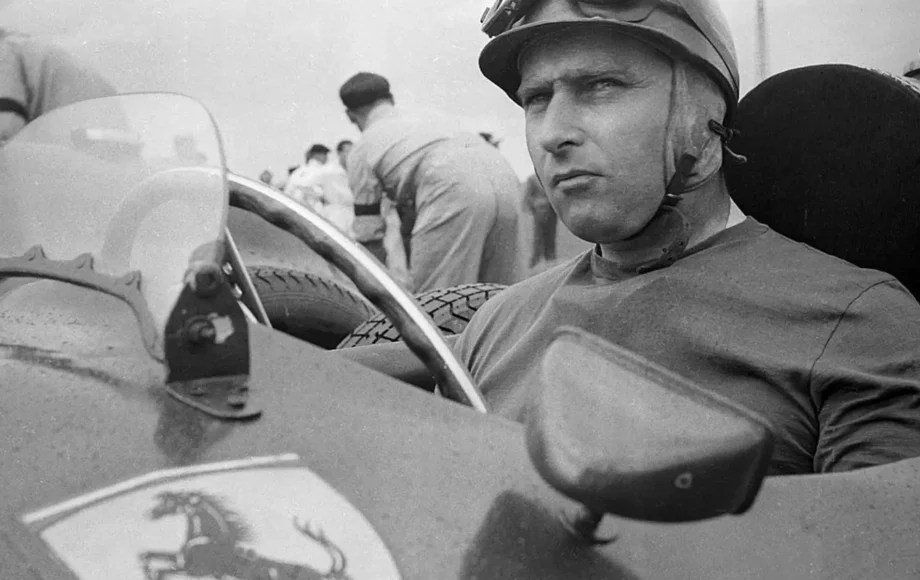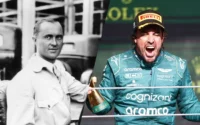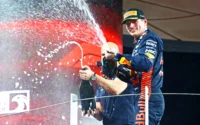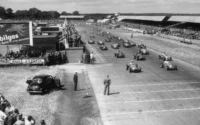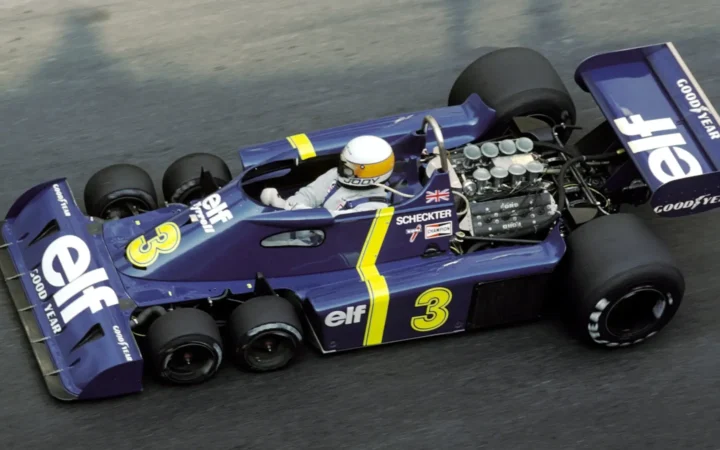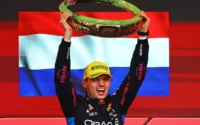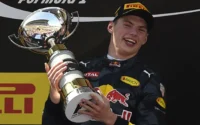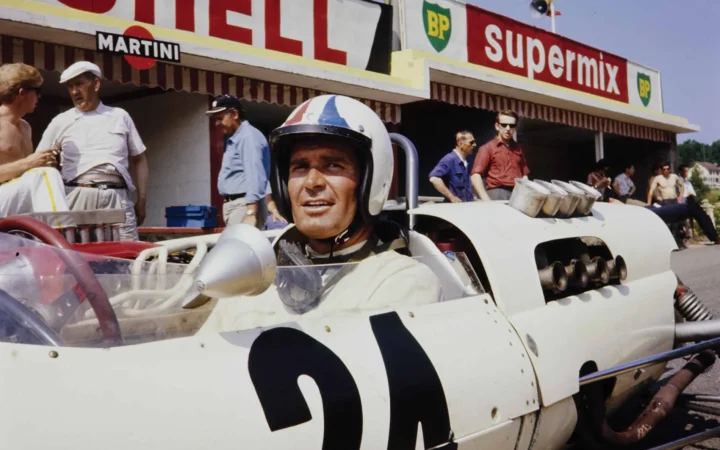Since Formula One’s first World Championship race in 1950, the sport has transformed beyond recognition. From supercharged front-engined machines to hybrid marvels capable of 350 km/h, each era has produced new heroes and new standards of excellence. Yet some records from those early days have proved remarkably resilient. Whether measured in laps, longevity, or pure brilliance, these feats have stood the test of time against the relentless march of progress.
Here are 10 of the oldest records in F1 history that remain unbroken today. An enduring reminder of just how extraordinary the sport’s pioneers really were.
What To Know?
- Louis Chiron remains the oldest F1 driver to start a race at 55 years and 292 days.
- Juan Manuel Fangio is still the only driver to win titles with four different constructors.
- Alberto Ascari’s 304 consecutive laps in the lead from 1952 have never been matched.
- Niki Lauda’s seven-year gap between titles remains the longest in F1 history.
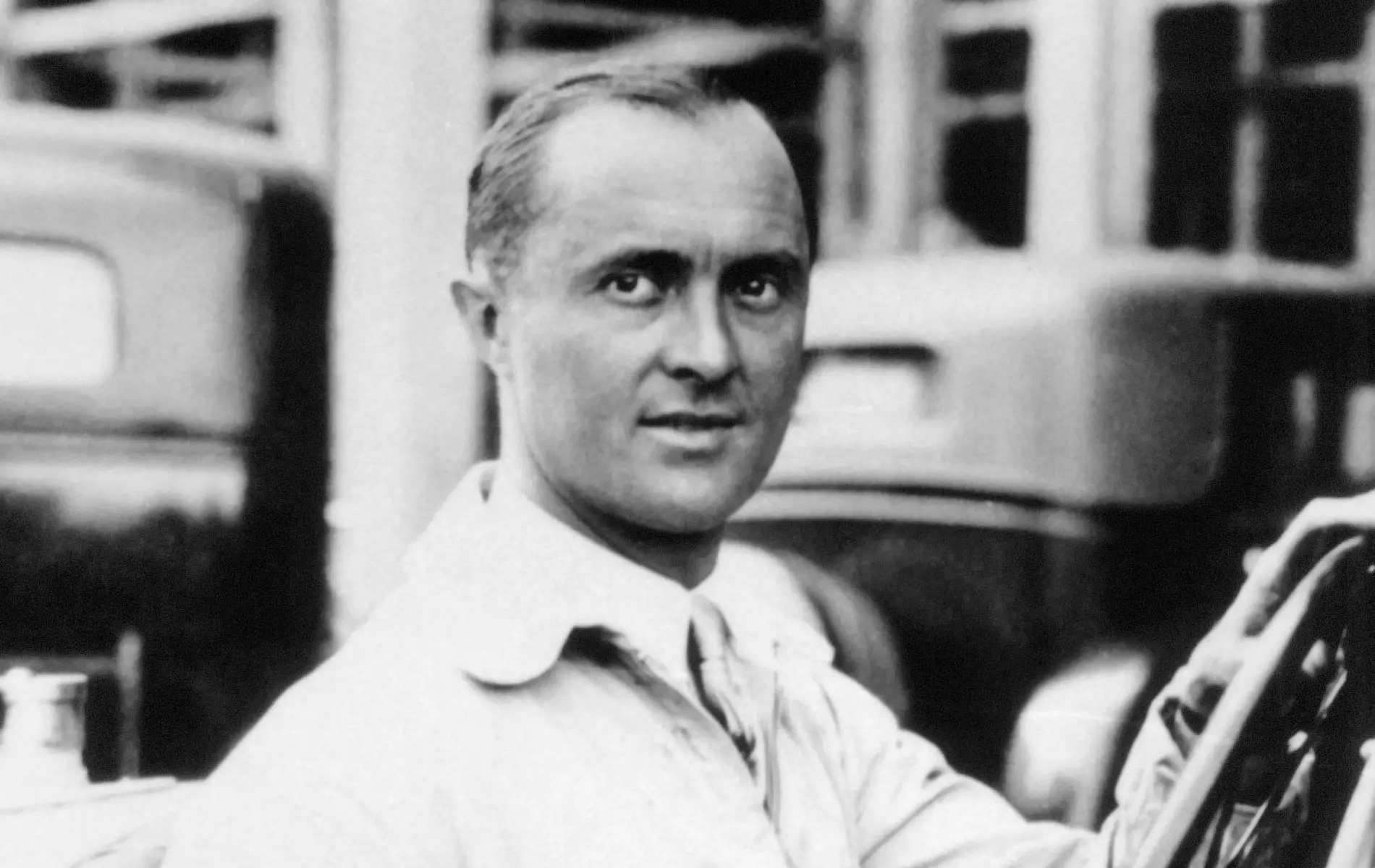
1. Oldest Driver to Start an F1 Grand Prix
Fernando Alonso may still be defying time in his forties, but even the evergreen Spaniard is miles shy of the oldest man ever to take a Formula One start. That honour belongs to Louis Chiron. Monaco’s original motorsport hero, who lined up on the grid at the 1955 Monaco Grand Prix at the ripe age of 55 years and 292 days.
Remarkably, Chiron was not there for sentiment alone. Driving a Lancia D50, he finished a highly credible sixth on the streets of his home city, earning the admiration of fans who grew up watching him compete in pre-war racing. To this day, Chiron remains the oldest driver ever to start a World Championship race, and the most senior to have finished inside the points.
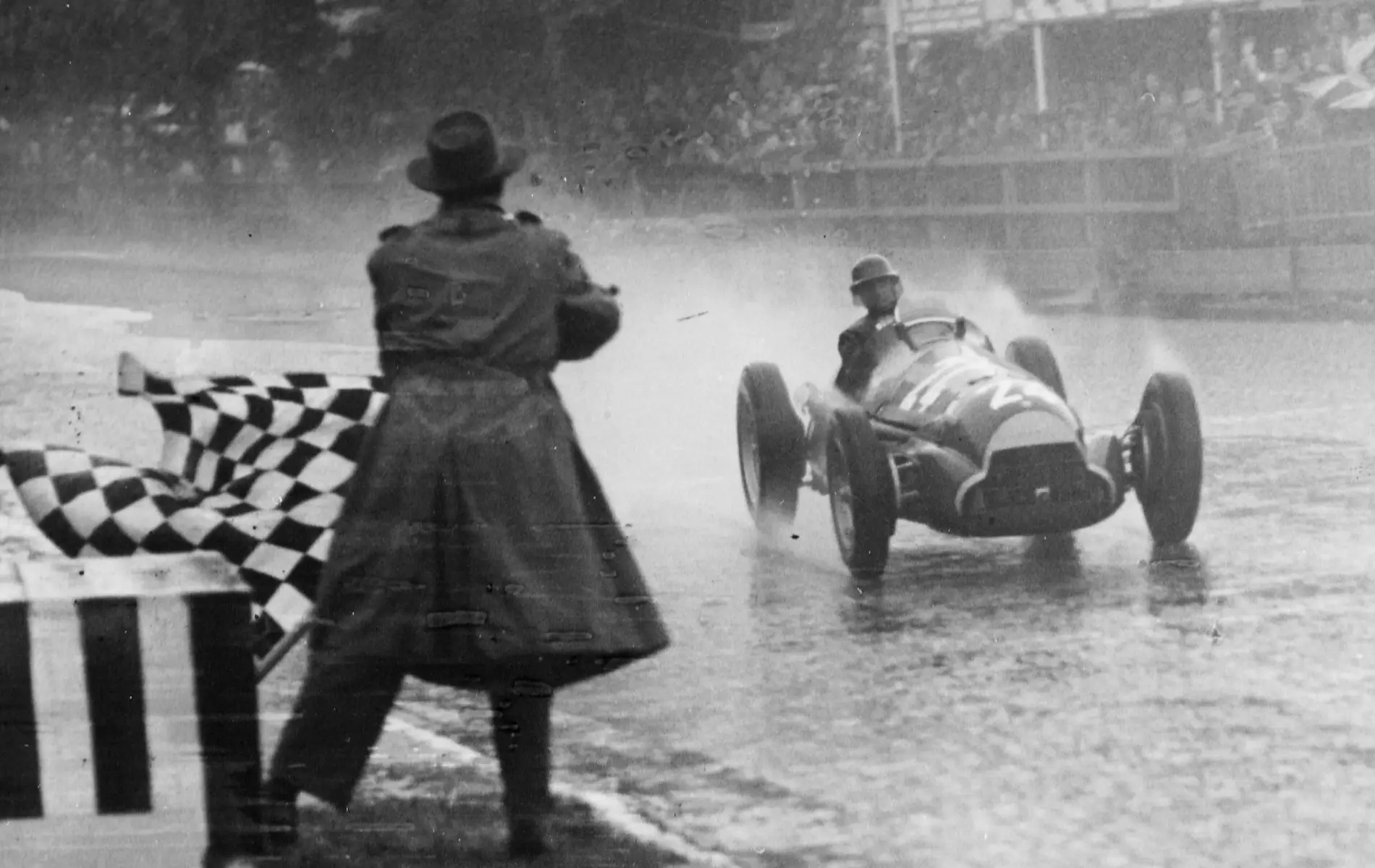
2. Most World Championships with Different Constructors
Modern F1 fans tend to associate greatness with long driver-team dynasties, such as Michael Schumacher at Ferrari or Lewis Hamilton at Mercedes. But Juan Manuel Fangio built a legacy on something quite different. An astonishing ability to win titles with anyone, anywhere.
Between 1951 and 1957, the Argentine maestro captured five World Championships with four different teams: Alfa Romeo, Mercedes, Ferrari and Maserati. In an age when cars were fragile, calendars were short, and sadly, fatalities were tragically common, Fangio’s mastery transcended machinery.
His statistics remain staggering: a win rate of over 47%, a pole-to-race conversion unmatched in history, and the record of being the oldest World Champion at 46. Many have tried to equal his adaptability, but no one has yet conquered F1 with as many constructors as Fangio did.
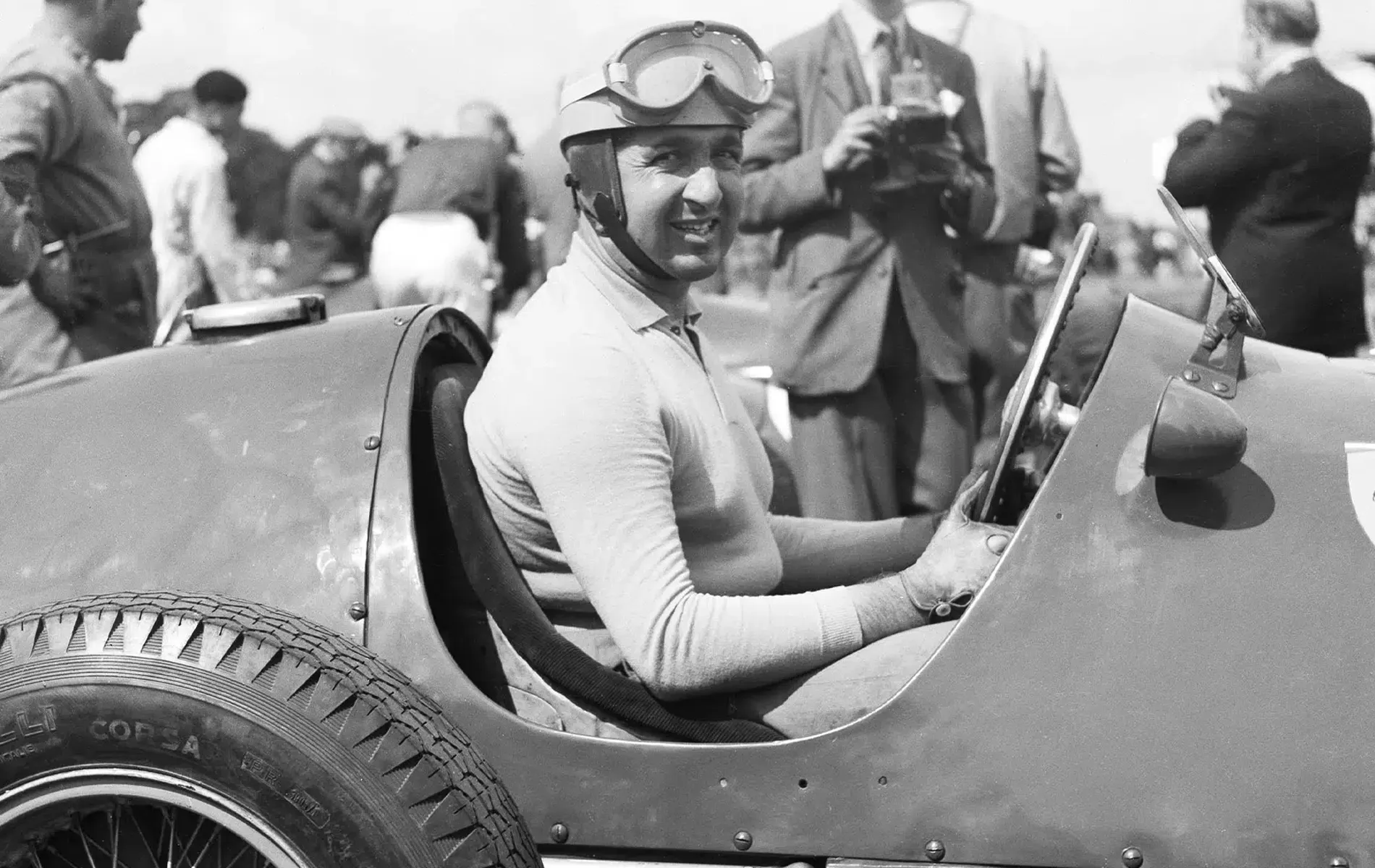
3. Most Consecutive Laps Led
Max Verstappen made a relentless run of domination in the early 2020s, putting almost every endurance record under threat. Yet one record even he could not overtake belongs to Ferrari legend Alberto Ascari.
Between the 1952 Belgian Grand Prix and the 1952 Dutch Grand Prix, Ascari led an extraordinary 304 consecutive laps, effectively controlling nearly five full races from lights to flag. His supremacy during that season, driving the Ferrari 500, defined what it meant to be unbeatable.
The sheer consistency of that run still astonishes in an era when reliability was precarious and circuits were brutal. Nearly three-quarters of a century later, Ascari’s total remains untouched, a symbol of perfection that even modern greats can only admire.
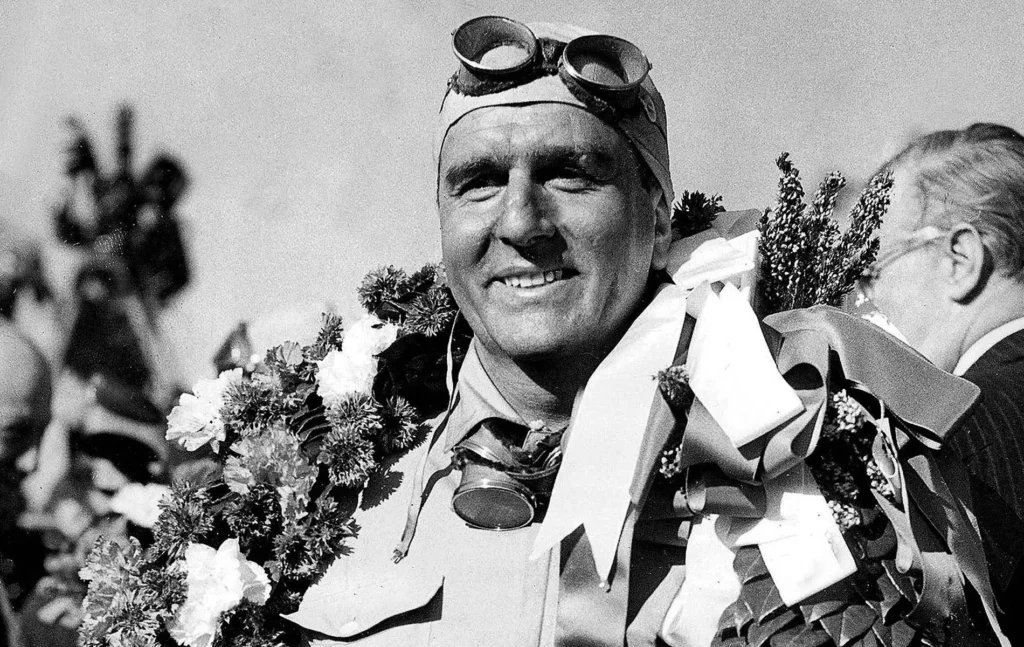
4. Fewest Races Before First Win
Some F1 records are technically unbreakable, yet still worth celebrating. The fewest races before a first victory is one of them, achieved by Giuseppe “Nino” Farina, who won in the very first World Championship event at Silverstone in 1950.
Farina’s win in the inaugural British Grand Prix also set him on course for that year’s title, the first World Championship ever awarded. Only two other drivers have ever matched the feat of winning on debut: Johnnie Parsons at the Indianapolis 500 (which counted towards the championship in 1950) and Giancarlo Baghetti at the 1961 French Grand Prix.
Baghetti’s win remains particularly remarkable; he is still the only driver to win his maiden championship start in a Formula One race proper. Despite a host of prodigies debuting in the decades since, that perfect start has never been repeated.
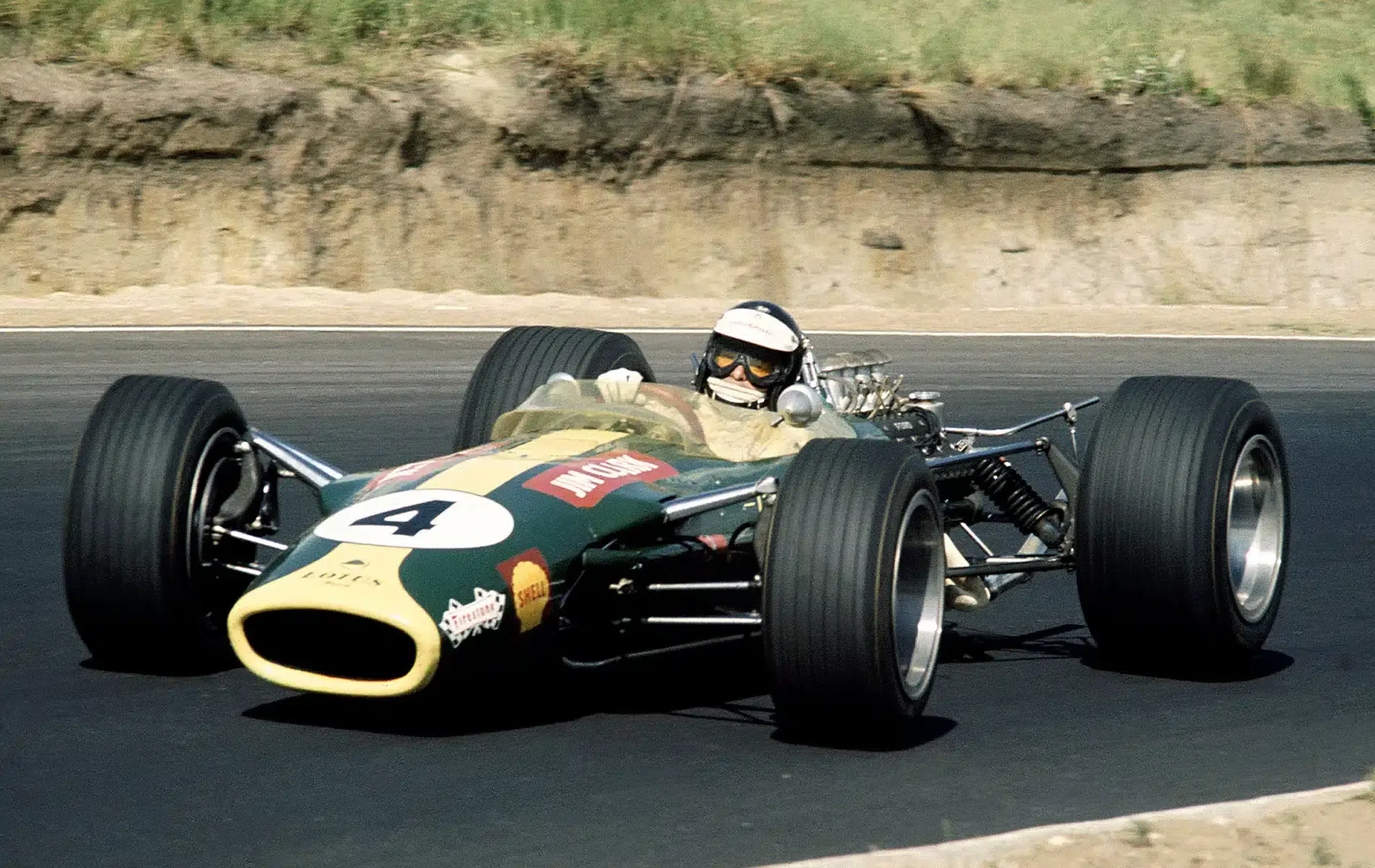
5. Most Grand Slams
In Formula One, a “Grand Slam” (or “Grand Chelem”) is the sport’s purest expression of dominance: pole position, victory, every lap led and the fastest lap of the race. Only a select 26 drivers have managed it, and only one man stands clear at the top.
Jim Clark, the quiet Scottish genius of the 1960s, amassed eight Grand Slams during his career with Lotus. His first came at Aintree in 1962; his last, fittingly, at the Nürburgring in 1965. Clark’s precision and mechanical sympathy allowed him to vanish into the distance while others wrestled their cars home.
Lewis Hamilton came closest in recent years, tallying six by 2019, but Clark’s benchmark has endured. In an age when strategy, tyre wear and safety cars constantly shuffle the order, a weekend of total domination is rarer than ever – making Clark’s eight all the more untouchable.
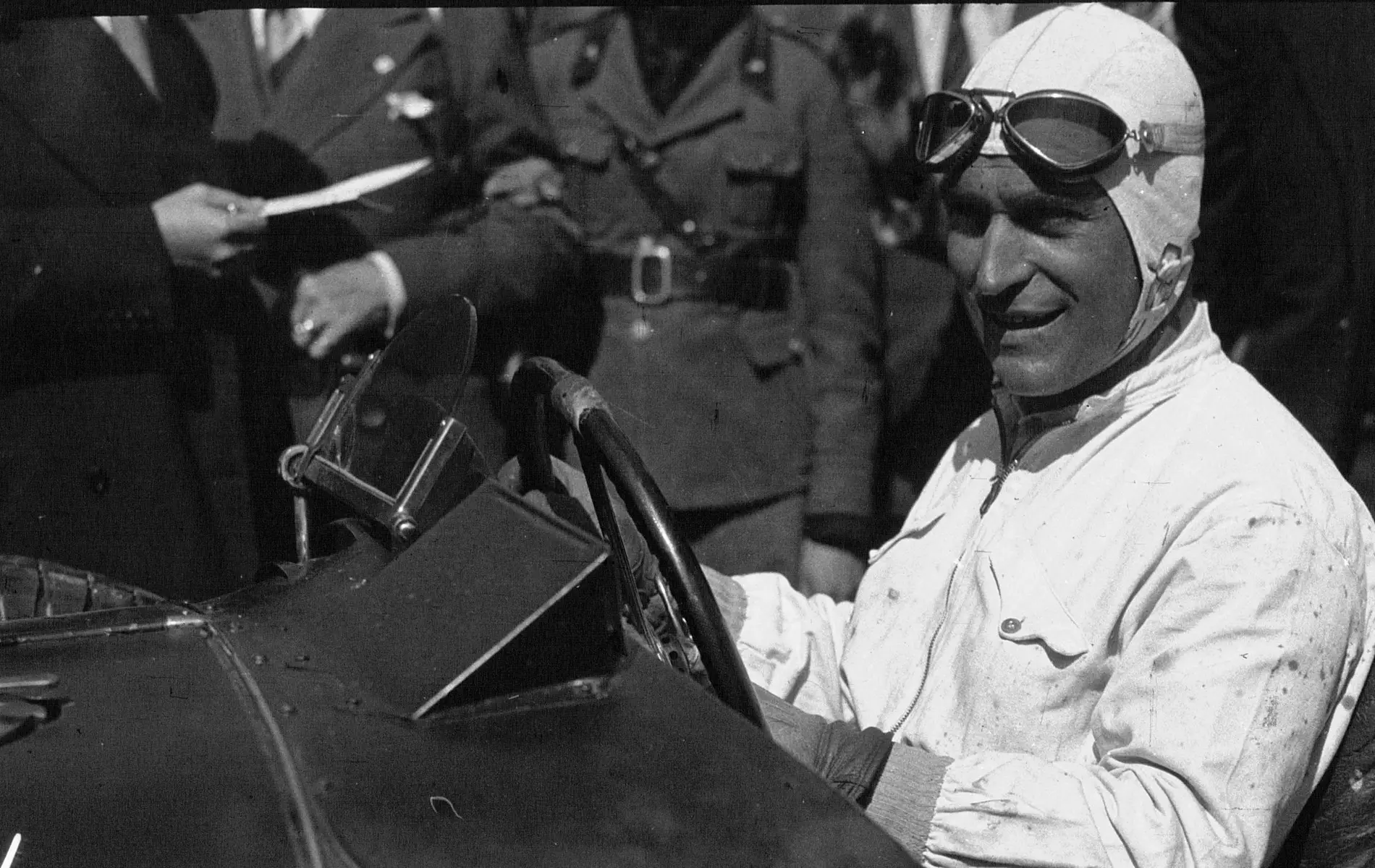
6. Oldest Driver to Win a Race
Louis Chiron may have been F1’s elder statesman on the grid, but it is Luigi Fagioli who holds the record as the oldest race winner. At the 1951 French Grand Prix, Fagioli, then 53 years and 22 days old, shared his Alfa Romeo with team-mate Fangio, taking joint victory under the rules of the day.
The sport’s early years saw shared drives as commonplace, but even so, Fagioli’s triumph remains singular. He was already a veteran of pre-war racing and had retired once before, yet returned to prove he still had the speed and nerve to win at the highest level.
No driver since has come remotely close to matching that age. The oldest modern-era winner, Nigel Mansell, was a sprightly 41 when he won in Australia in 1994, over a decade younger than Fagioli was at Reims.
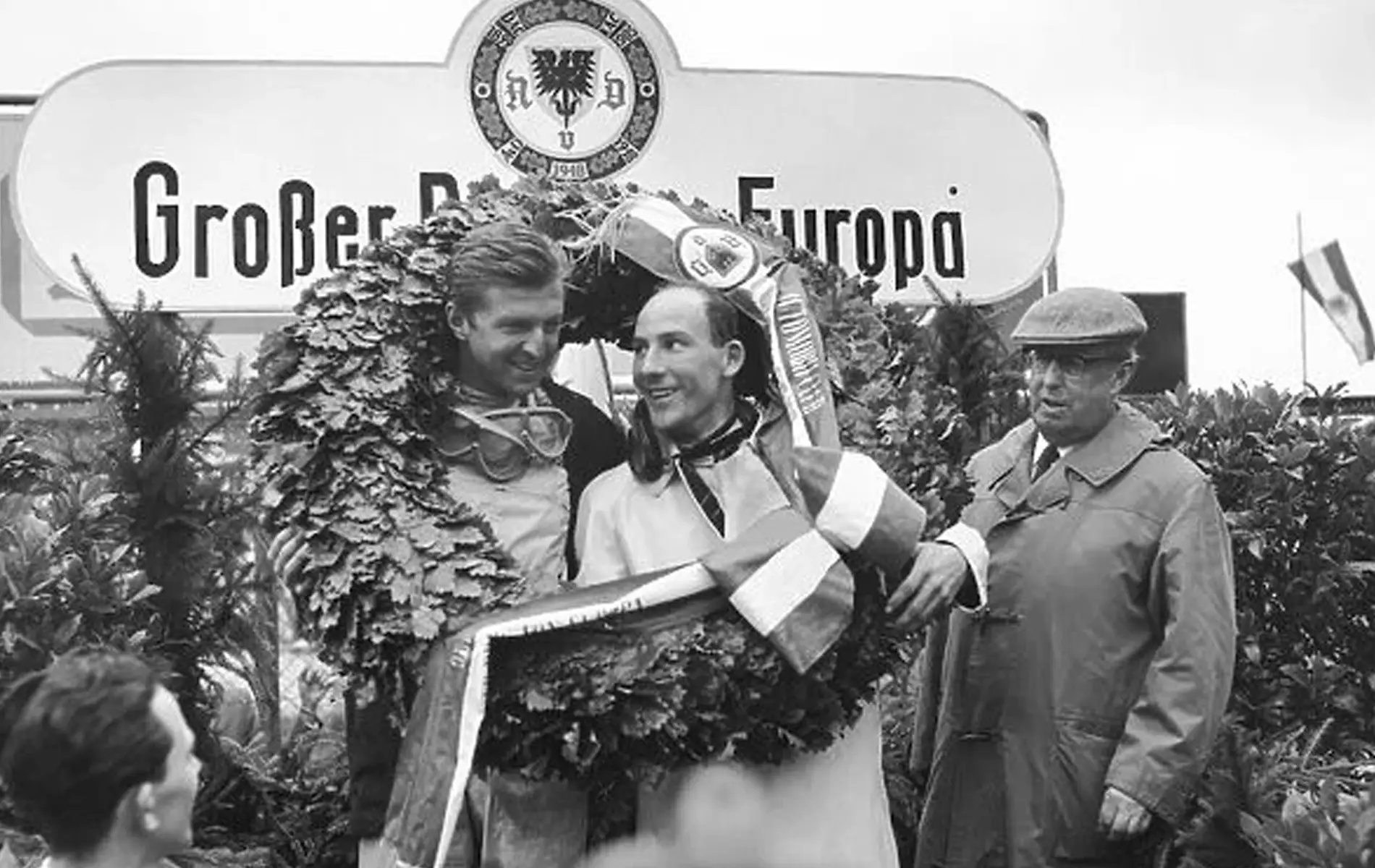
7. Most Wins With Different Constructors
Few drivers have embodied versatility quite like Stirling Moss. Often dubbed the greatest driver never to win the World Championship, Moss nonetheless achieved a distinction no champion has equalled: victories with five different constructors.
Across 66 Grand Prix from 1951 to 1961, Moss won 16 times with Mercedes, Maserati, Vanwall, Cooper and Lotus. In doing so, he also racked up the most pole positions (across five teams) and podiums (across six teams).
His adaptability reflected the free-agent spirit of his era, when drivers often jumped from team to team in search of the quickest car each weekend. That freedom no longer exists in today’s contract-heavy world, which means Moss’s eclectic record looks certain to remain his alone.
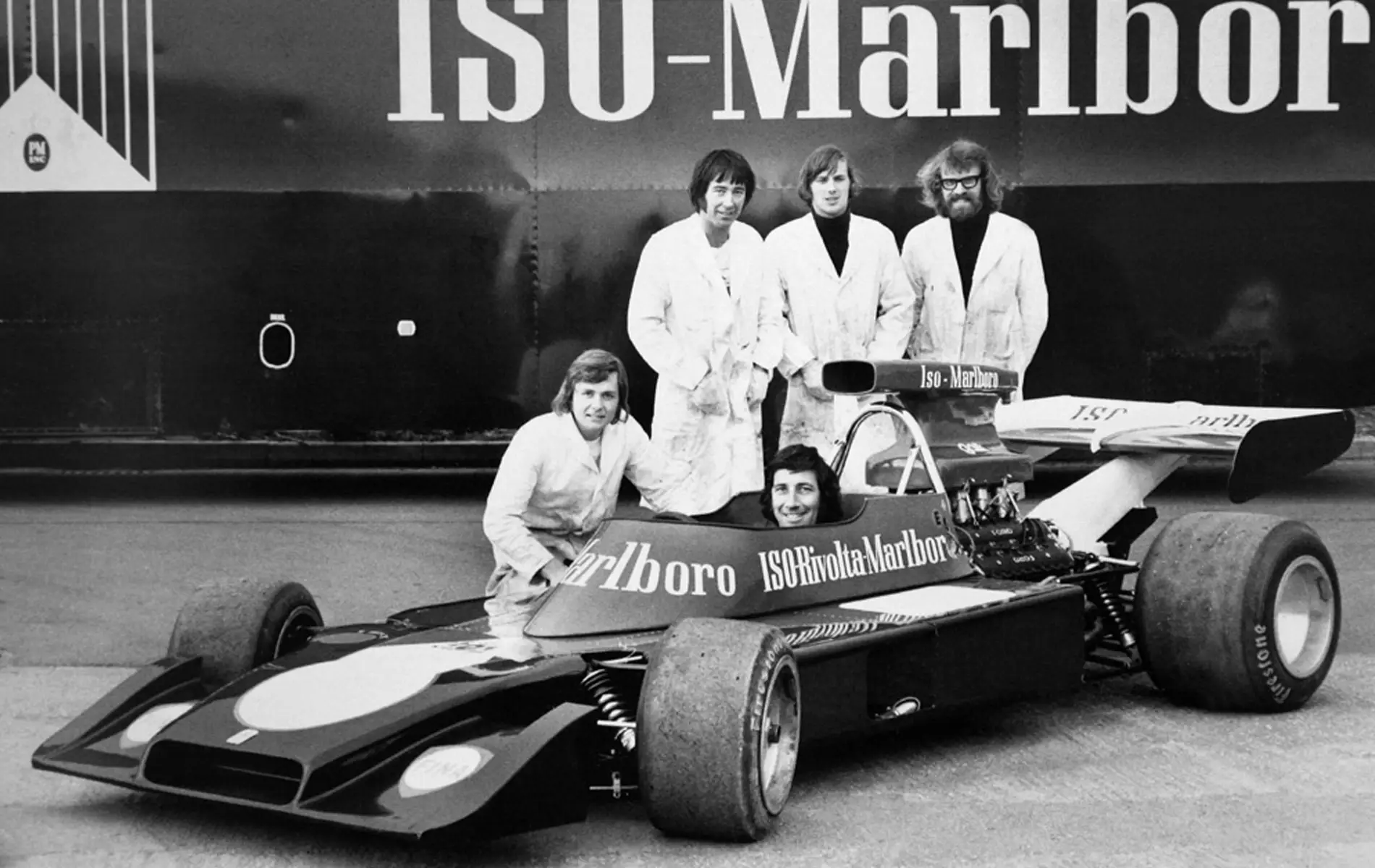
8. Most Teammates in a Single F1 Season
F1 careers can be short, but few drivers have experienced as much turnover beside them as Howden Ganley did in 1973. Driving for the Iso-Marlboro team run by a young Frank Williams, Ganley partnered with eight different teammates during that chaotic season.
The revolving door included names like Jacky Ickx, Gijs van Lennep and Tim Schenken, as the small outfit struggled for stability. It was a symptom of the era’s financial fragility, when privateer teams fought to survive from race to race.
Even in the modern era – where mid-season changes still occur – no one has matched that number. Yuki Tsunoda came close in 2023 with three partners at AlphaTauri, but Ganley’s record of eight remains one of the quirkiest in the sport’s history.
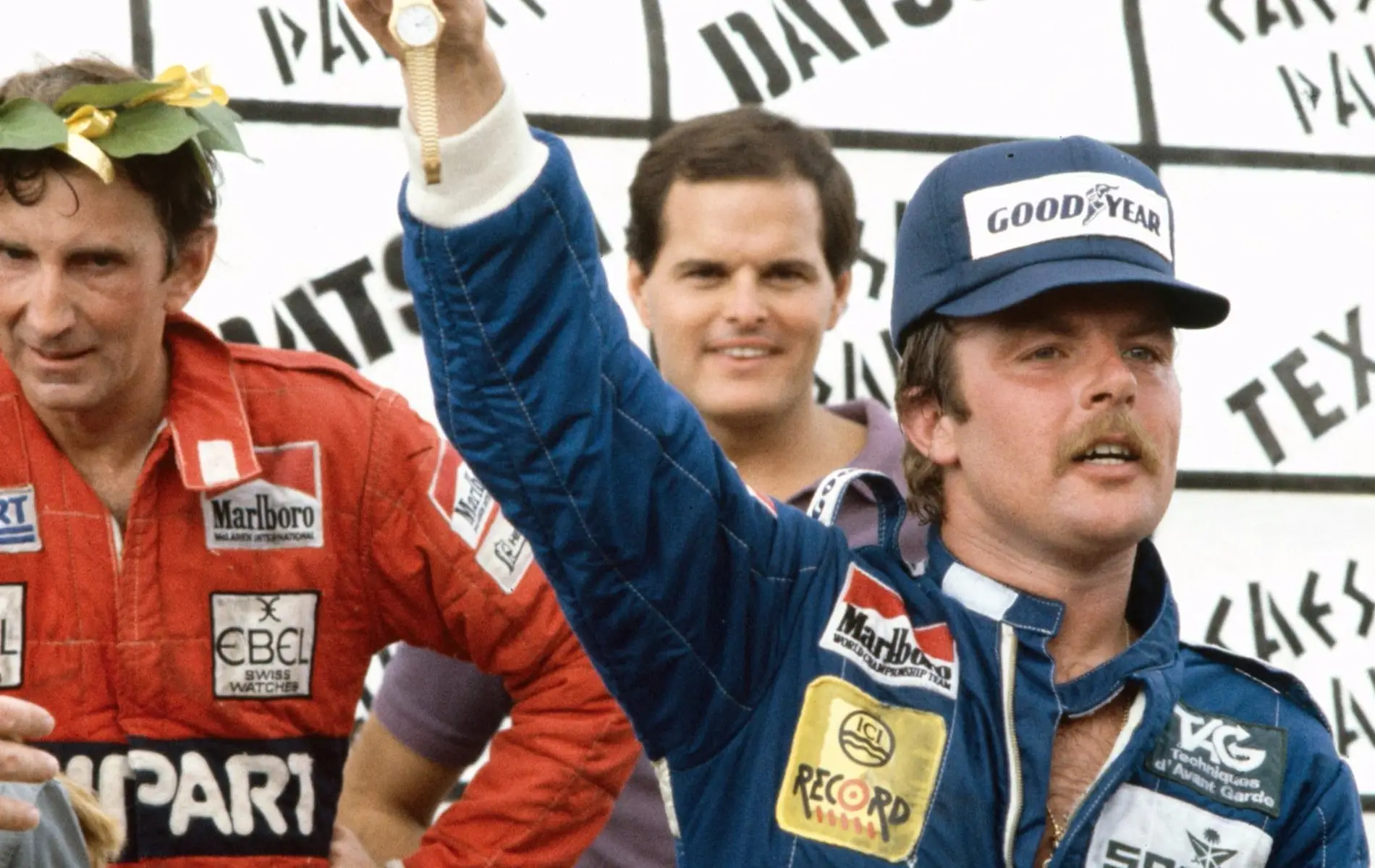
9. Most Race Winners in a Single Season
Variety is the spice of Formula One, and few years have been as unpredictable as 1982. Across a 16-race calendar, 11 different drivers won a Grand Prix, a figure that still stands as an all-time record.
That season had everything: political turmoil, driver strikes, tragedy and triumph in equal measure. Alain Prost, Niki Lauda and John Watson each won twice, while no fewer than eight others, including Keke Rosberg, Didier Pironi and Michele Alboreto, took a single victory.
Rosberg’s consistency ultimately earned him the World Championship despite just one win, underlining how wildly open that year was. Even in the hybrid era’s most competitive seasons, no campaign has matched 1982 for the sheer breadth of race winners.
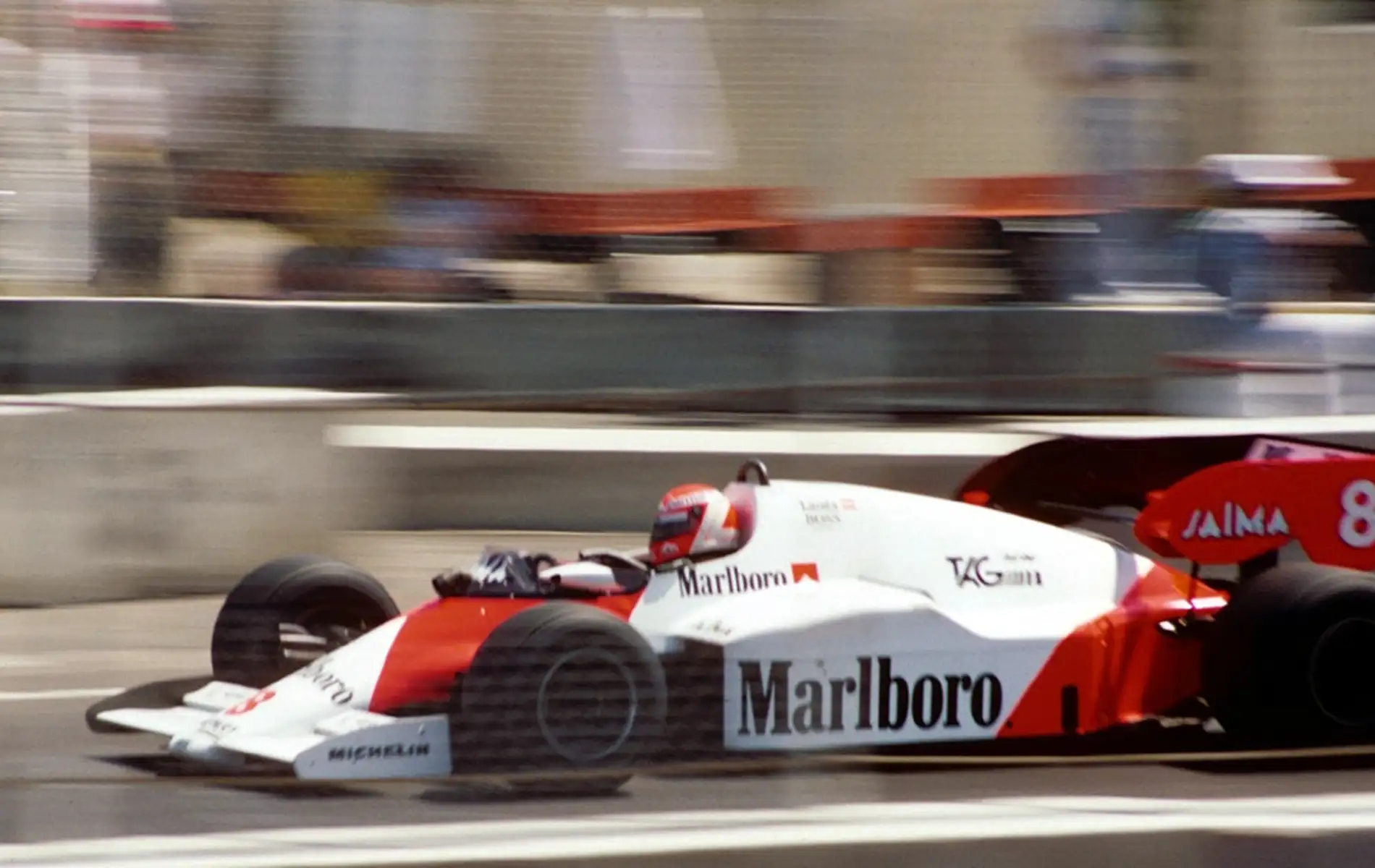
10. Longest Gap Between World Championships
Formula One careers can follow unpredictable paths, and few illustrate that better than Niki Lauda. After clinching his second title with Ferrari in 1977, Lauda retired two years later, exhausted by the grind of racing and business commitments.
But the Austrian returned to McLaren in 1982, reigniting a story that seemed finished. Two years later, he captured his third championship, edging team-mate Alain Prost by just half a point. The interval between his second and third titles was seven years and 19 days, still the longest gap between championships in Formula One history.
It was a comeback for the ages, proof of Lauda’s intelligence, courage and adaptability. Only Lewis Hamilton, who could yet match Lauda’s feat with Ferrari in the future, stands any chance of equalling that record in modern times.
Enduring Excellence
Records in Formula One are made to be broken, but some feel almost sacred. The sport’s earliest legends built their reputations without simulators, data analysis or bullet-proof safety cells, relying instead on instinct, bravery and mechanical feel.
As F1 continues to evolve, it’s easy to forget how much of its modern DNA was forged by drivers like Fangio, Ascari, Moss and Clark. Their numbers may be etched in yellowing record books, yet their achievements remain vividly alive each time a car lines up on the grid.
Somewhere out there, the next generation of racers is already chasing history. But until someone catches a 55-year-old Monegasque or leads 304 laps in a row, the ghosts of F1’s golden age still hold a firm grip on the sport they helped create.
Seen in:

